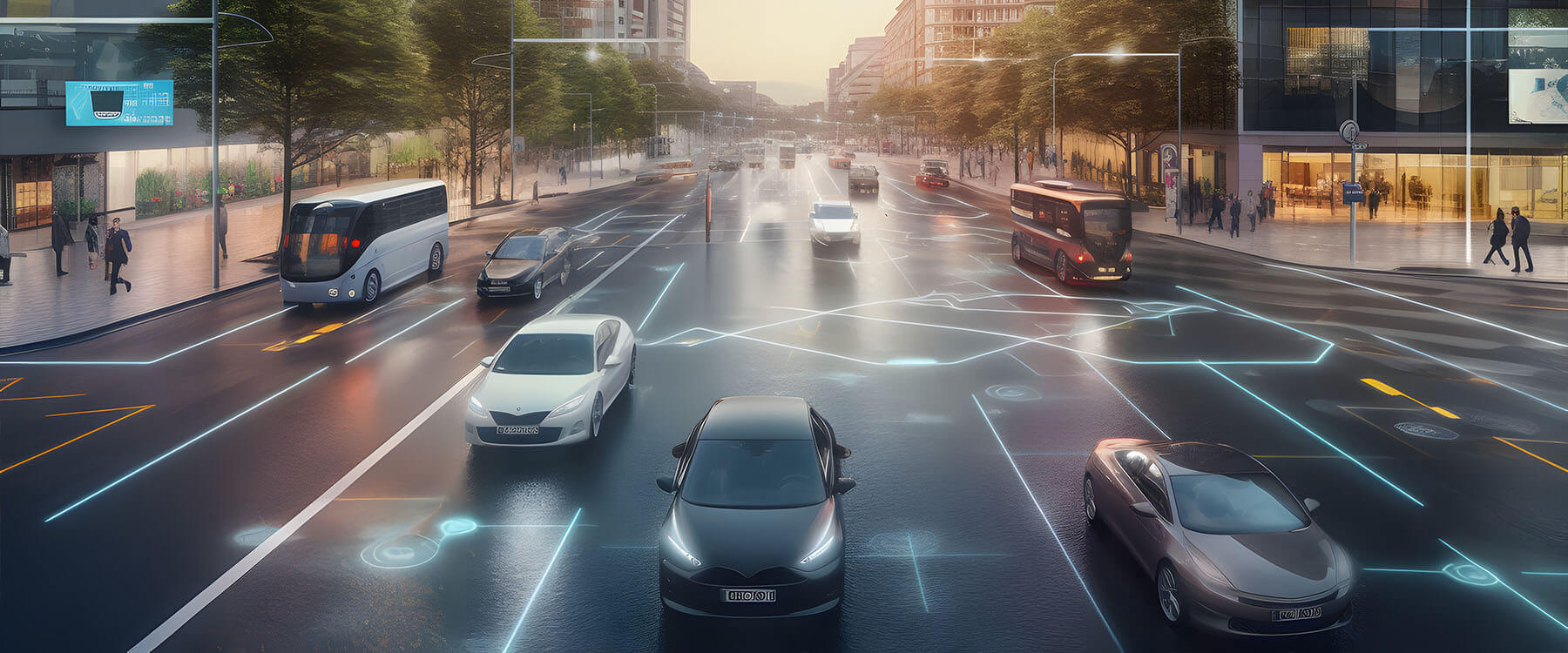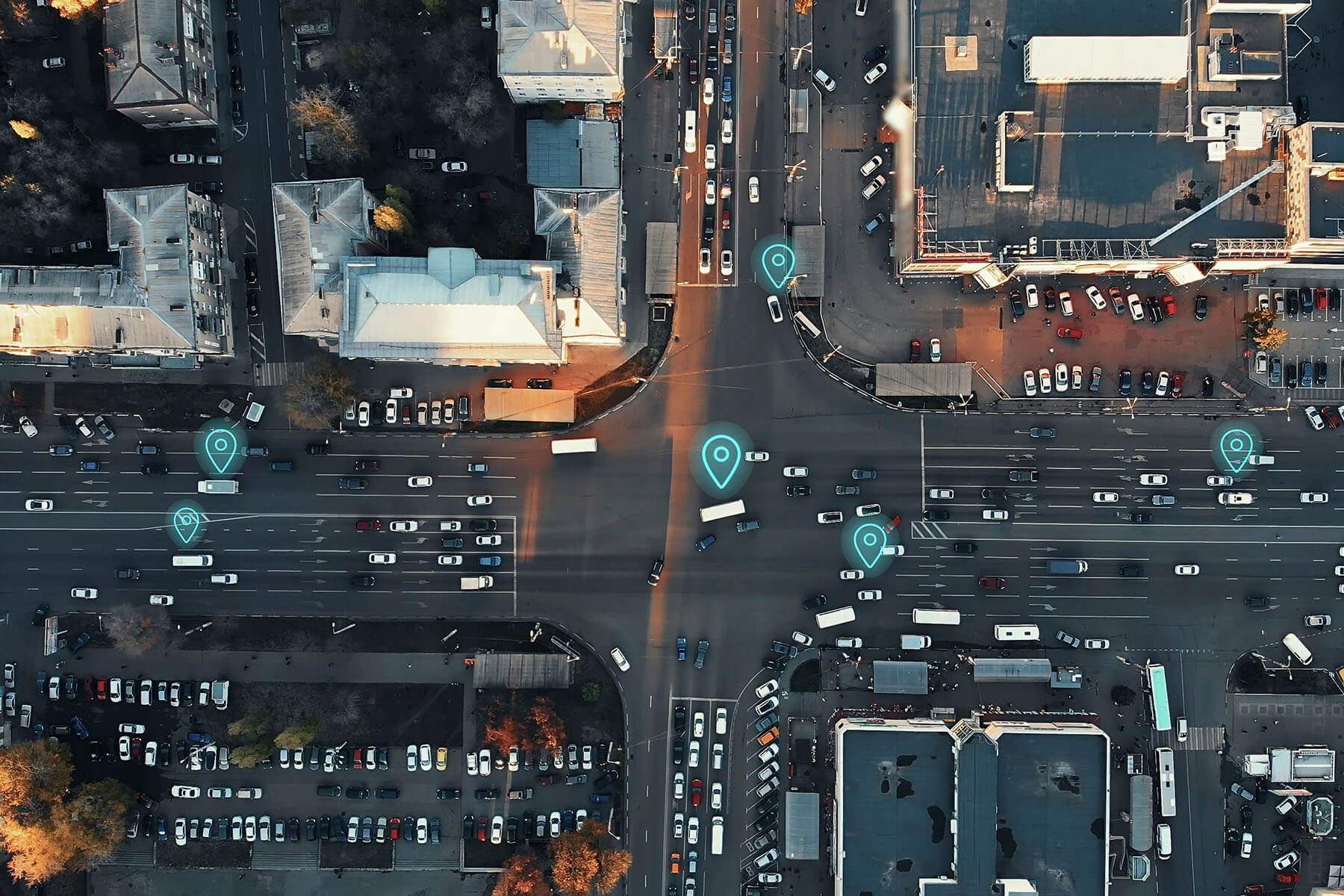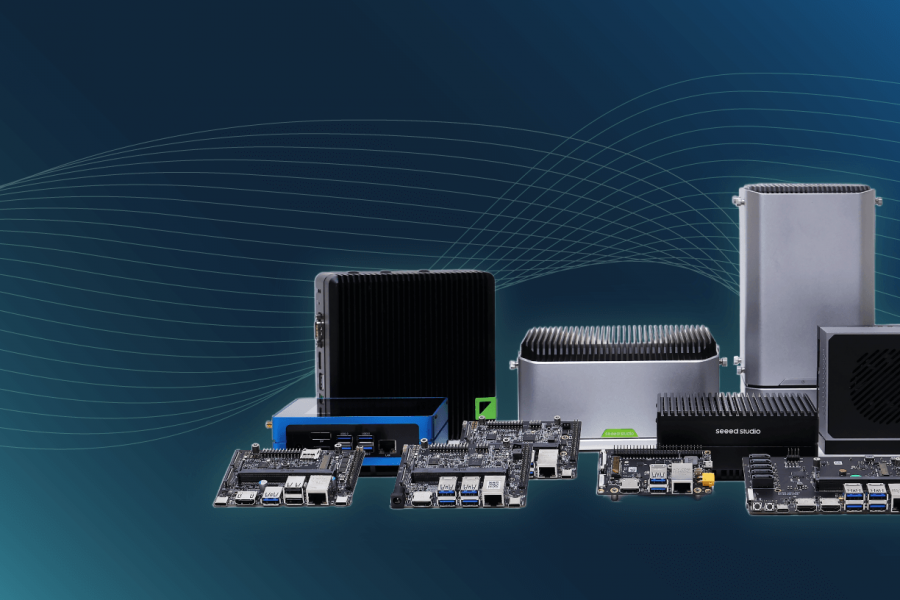Discover how AI can improve intelligent transportation systems
With technology developing rapidly, cities are becoming more efficient, sustainable, and better connected. Smart cities use data and technology to optimise everything from congestion management to parking organisation, resulting in a safer, more streamlined environment.
What is a smart city ?
A smart city employs technology to improve the quality of life for its citizens, enhance the efficiency of its services and infrastructure, and reduce its environmental impact. Artificial intelligence (AI) and real-time data analytics gather data that provide insights into how to improve urban planning and city living.
For instance, sensors can monitor everything from traffic flow, air quality, and noise levels to energy consumption. This data can be analysed to identify patterns, predict future trends, and optimise city traffic services.
Smart city transport benefits
There are numerous benefits of smart cities in terms of public mobility. They can help reduce traffic congestion, improve public safety, enhance energy efficiency, and reduce greenhouse gas emissions.
Transportation – Smart city transportation systems are revolutionising urban living by making travel more efficient, cheaper, and accessible. The digitization of transportation can improve public transport routes, reduce congestion, and improve the overall travel experience.
Traffic management: Traffic lights can use sensors to detect the flow of traffic and adjust the length of the red and green lights, reducing congestion and improving traffic flow. Cameras can identify congestion hot spots and update signage to divert vehicles to smooth-flowing routes.
Safety: Smart lighting systems can automatically adjust the brightness of street lights based on the time of day and weather conditions, improving traffic safety.
Sustainability: Many cities have apps that allow users to locate and rent bicycles and cars from designated locations. Smart mobility makes it easier for people to use alternative modes of transportation, such as bike-sharing.
Additionally, many cities are investing in electric and hybrid buses, which are more environmentally friendly and cost-effective. These are often equipped with Wi-Fi and USB charging ports, making them more appealing to travellers.
Energy management: Intelligent systems monitor and control street lighting by automatically dimming the lights during off-peak hours when there is little traffic on the roads. This not only saves energy but also reduces light pollution.
Connected vehicles: This system allows vehicles to connect to the Internet and share information with other drivers for traffic flow optimisation and parking availability.

PNY’s commitment to the future of smart cities
With the rise in urbanisation and the increasing number of cars on the road, there is a need to keep traffic moving and allow people to travel safely around cities. PNY has collaborated with SmartCow AI systems to provide a solution to this problem.
In addition to enabling smoother traffic flow and identifying potential hazards, the Smart Traffic management solution can detect illegally parked vehicles, cyclists not wearing helmets and read number plates, all of which assist better traffic management.
Another state-of-the-art development on offer is the City Station unit, which monitors air quality, traffic noise and weather events, allowing traffic management according to the environmental conditions.
Together, we are working to provide cities with the technology they need to become better places to live, work, and visit.
The potential impact of smart cities on urban living is enormous. By leveraging data and technology, smart cities can help us to better manage traffic flow, reduce energy consumption, improve air quality, and enhance public safety – all for a better daily life.
Find out more about how AI can improve intelligent transportation systems !
Visit our dedicated webpage or contact us to learn more about our latests solutions and how a PNY can help improve your workflows.



